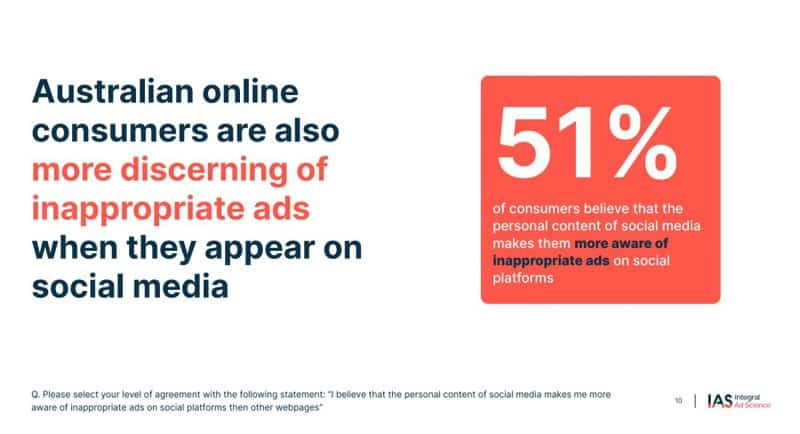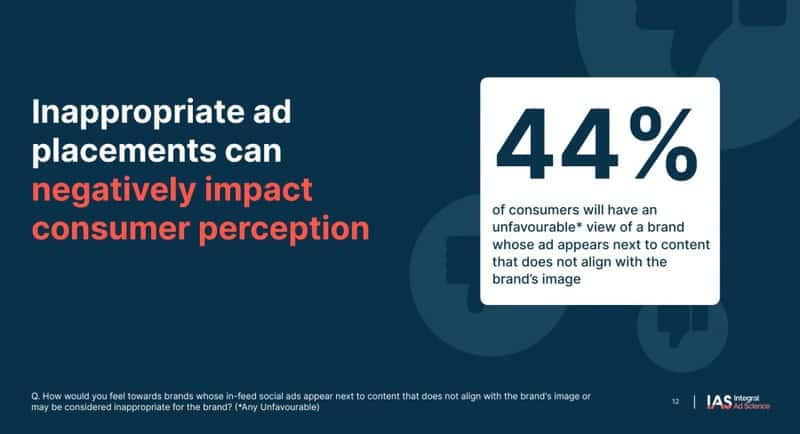Research by Integral Ad Science (IAS) has provided a snapshot of Australian consumers’ use and perceptions of social media in-feed ads, which are a format inside a user’s social feed.
The company surveyed more than 500 Australian social media users to get an insight into views of in-feed advertising on social media environments, social media behaviour and how brands can adapt in the year ahead.
The study revealed that social media is the most effective channel for advertisers to reach Australians online with 91% currently using at least one account.
It found that 79%, or nearly eight in ten, Australian consumers engaged with an ad on social media over the past year with the highest engagement being on Facebook, YouTube and Instagram.
The results from the survey noted that Australians are cautious of inappropriate ads on social media environments with 40% agreeing that the increase of fake news has made them less trusting of ads on their social feeds.

More than half of those surveyed, 51%, believe personal content of social media makes them aware of inappropriate ads on platforms.
It found that 44% of consumers will have negative perceptions of a brand if the ad appears next to content that is inappropriate and does not align with the brand’s image. Meanwhile, almost 7 out of 10 consumers (66%) are unlikely to purchase a product or service advertised on social feeds next to unsafe content.
The IAS study also noted that almost 5 out of 10 Australian consumers (48%) are likely to remember an in-feed ad if its message relates to the adjacent social content. Meanwhile 40% of consumers are likely to purchase a product or service advertised on their social feed if it is related to the content being viewed, making for improved memorability.

IAS country manager Jessica Miles said of the report: “There’s no denying that Social Media is an intricate part of our everyday lives making it an essential platform for advertisers to reach consumers, with ad spend projected to hit $2.7B by 2024, according to Genroe (Australia).
“Brands need to be hyper-aware of the impact of their advertising when investing in Social Media as they are communicating on a one-to-one basis within a private and personal environment.
“This environment means that inappropriate ad placements can have a significant impact on consumer perceptions and buying behaviours, with almost 7 out of 10 consumers unlikely to make a purchase if advertising is next to unsafe content.
“Contextually relevant advertising is a tool that advertisers can leverage to improve the ad experience and generate brand favourability. Advertisers also need to consider implementing media quality tools to ensure ad efficiency and brand safety.
“While our study shows that 67% of consumers hold social media platforms responsible for ads appearing near unsafe content, it is equally important that brands take the onus and direct their agency partners to help them align with what’s relevant and avoid unsuitable content,” she added.
